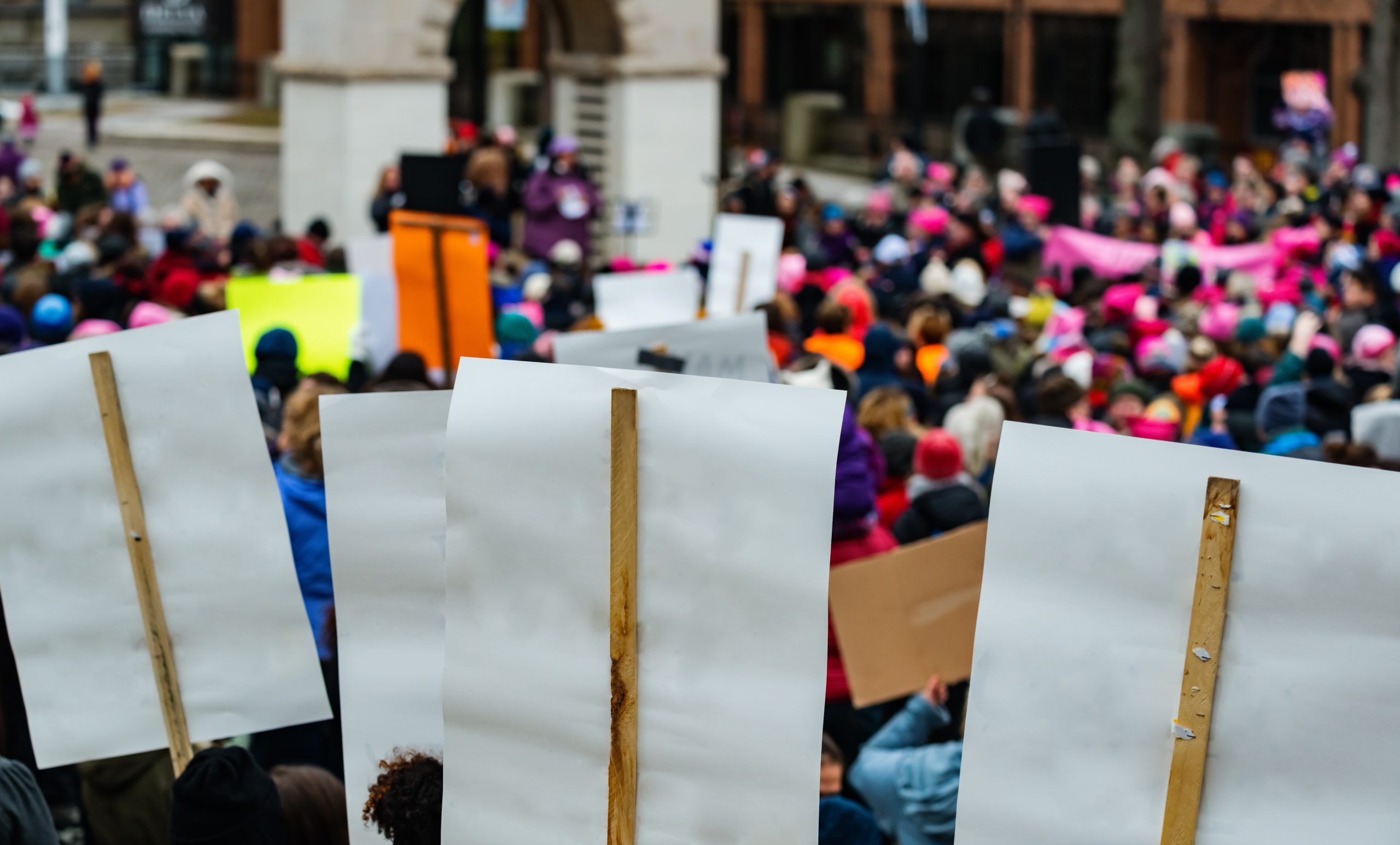“We stand in solidarity with Black communities. Black Lives Matter.”
Organizations, businesses, and groups across the United States sent this statement to millions of people via social media feeds and e-mail lists in early June 2020, in the wake of widespread protests for racial justice. Stating solidarity, however, doesn’t amount to much on its own.
Solidarity is a commitment to social justice that translates into collective action. This means statements need to be understood as distinct from statements attached to action. In the absence of action, declaring solidarity becomes a platitude for public relations. Talking the talk without walking the walk isn’t solidarity — it’s branding.
Funders can do more to support actions aligned with genuine solidarity in journalism.
What solidarity in journalism looks like
To assess news organizations using solidarity criteria, look at their coverage of marginalized communities. Are members of marginalized communities quoted? If so, are they quoted for their perspectives and thoughts, or solely for their feelings? Relegating marginalized people to speaking exclusively from the realm of emotion falls short of solidarity and may reinforce narratives of helpless victims who need saviors.
The Solidarity Journalism Initiative, which I lead at the Markkula Center for Applied Ethics at Santa Clara University, offers free training and resources to help journalists, editors, and journalism educators serve communities better by using techniques such as:
1) Ensuring that reporters always include those affected and subjected by issues, aligned with the ethos of “nothing about us without us.”
2) Placing community perspectives in dialogue with official perspectives to press for accuracy and to debunk false narratives that officials may prefer to advance.
3) Treating journalistic reporting as an endeavor to represent people’s lived experiences, rather than relying on official statements from authorities. Claims that ignore or attempt to invalidate people’s lived experiences — even if they come from officials — can therefore no longer be lionized as true.
Let’s be clear. Enacting solidarity in journalism does not mean:
1) Ignoring or expelling people in positions of institutional power from coverage.
2) Acting as an uncritical mouthpiece for social movements or nonprofits.
3) Replacing news reporting with opinion pieces.
My research on the role of solidarity in US journalism traces journalists’ motives for covering marginalized communities, and consistently finds that journalists understand their work as an opportunity to help people who live within dehumanizing structural conditions. Far from trumpeting neutrality or objectivity, journalists who cover marginalized communities tend to describe their work in terms of a moral obligation that compels them to focus on enduring social issues.
Industry leaders, on the other hand, display greater hesitation when faced with the prospect of acknowledging journalism’s longstanding role of solidarity. Ironically, unlike corporations that may do little to nothing aligned with solidarity and yet are quick to capitalize on the opportunity to issue a statement du jour, some prefer to position journalism’s role as reporting on acts of solidarity rather than admitting to enacting it as well.
The point of journalism in this country — and the main reason to preserve and protect it — is to serve the public interest, aligned with the country’s ideal of dignity for all.
The problem with such positioning is that it overlooks a long history of journalism urging people to care about (socially) distant others’ suffering. The purpose of journalism has never simply been a matter of reporters reciting events in the manner of a scribe or synthesizing knowledge with the purported detachment of a scientist. Instead, the point of journalism in this country — and the main reason to preserve and protect it — is to serve the public interest, aligned with the country’s ideal of dignity for all.
How journalism funders can help
Journalism funders can help by supporting organizations who practice solidarity techniques. To use solidarity techniques, journalists need (1) time, (2) training, and (3) encouragement from editors to enter communities they may be unfamiliar with in order to build relationships and expand their sourcing networks.
This is where journalism funders can step up. With intensified public discourse around racial justice, funders can play a critical role through their investments in journalism using a solidarity framework.
A few examples of news organizations that are already enacting solidarity in journalism through sourcing and local representation include: The Oaklandside, Broke in Philly, Pittsburgh Media Partnership, and MLK50: Justice Through Journalism. In each case, the organization or partnership reports the perspectives of people whose lived experiences are at stake in the story — who are often otherwise overlooked or sidelined in corporately-controlled local and national media outlets.
Who do you serve?
Across the country and world, thousands of protestors have continued to march to demand change. When police officers approach, many protestors begin to chant:
“Who do you protect? Who do you serve?”
Journalists, journalism funders, and journalism educators all need to ask ourselves these questions as well. And if we find ourselves dismayed or pained to realize our roles in upholding unjust systems, then let this be the moment when we move forward — together — to enact solidarity with communities who have been marginalized for far too long.
Anita Varma, PhD is the assistant director of Journalism & Media Ethics at the Markkula Center for Applied Ethics at Santa Clara University, where she leads the Solidarity Journalism initiative to help journalists implement solidarity in their reporting on marginalized communities. If you are a funder or journalist and would like to learn more about Solidarity Journalism, please contact avarma2@scu.edu. You can also follow her on Twitter.
